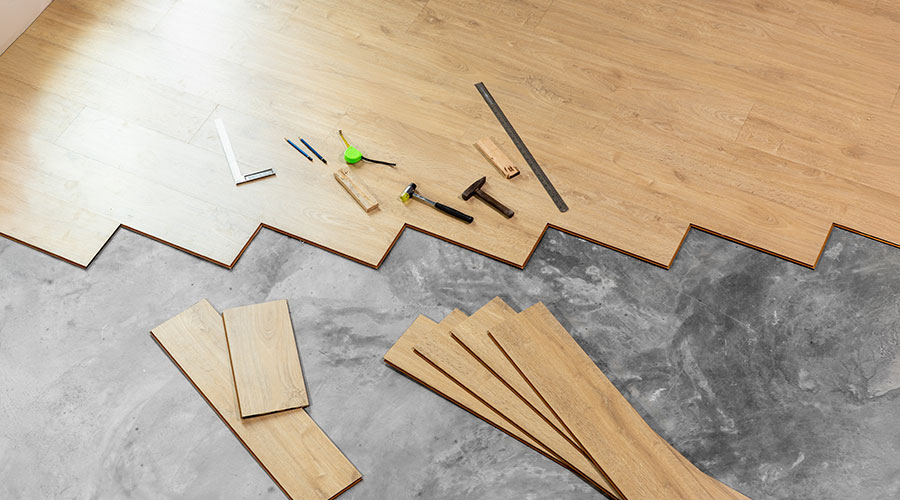Vinyl Gaining Respect
Vinyl seems to be the Rodney Dangerfield of the hard-surface flooring market: It doesn't get much respect. While generally among the lowest cost options, it hasn't had the cachet of other materials. Stone offers a sophisticated, high-end look, while linoleum and rubber often attract interest because they're sustainable.
That may be changing. Improvements in VCT mean it can offer a cost-effective way to get both the look and durability a designer is seeking, while meeting tight budgets, Koback says. In a change from past practice, his firm is working on a project for an Internet firm that will use vinyl in the lobby, elevator lobby, reception and staff cafeteria areas. "It's the first time we're looking at it (vinyl) in this way," Koback says.
Several factors led to the decision to use vinyl, Koback says. For starters, the organization is tough on the floors, so some sort of hard-surface flooring was needed. In addition, the space is large enough that many pricier options quickly become too costly. For instance, Koback and his team considered coating the concrete floor. However, the cost was more than the budget allowed.
So, the designers looked into vinyl, and found themselves pleasantly surprised. "Aesthetically, the product has gotten better. There are more sizes and shapes." In fact, vinyl can offer a sophisticated, even edgy look, Koback says. Some newer VCT options contain recycled material, upping the sustainability quotient. Finally, vinyl costs less than most other hard surface flooring options.
Related Topics:















